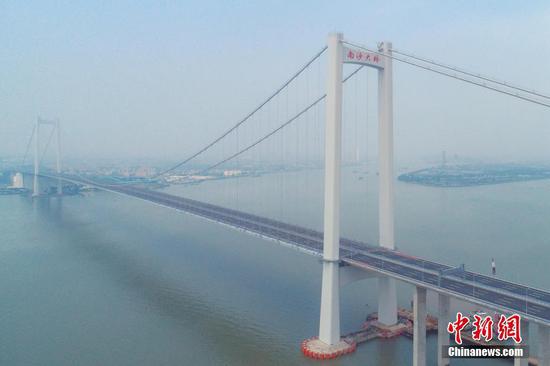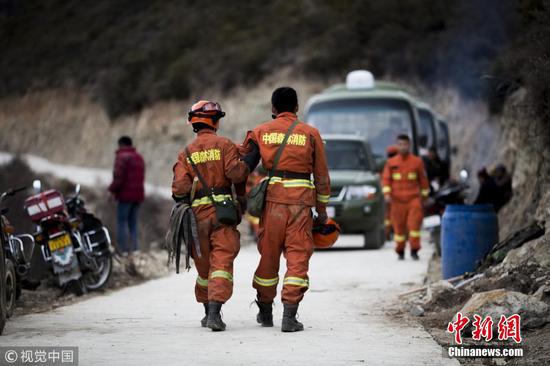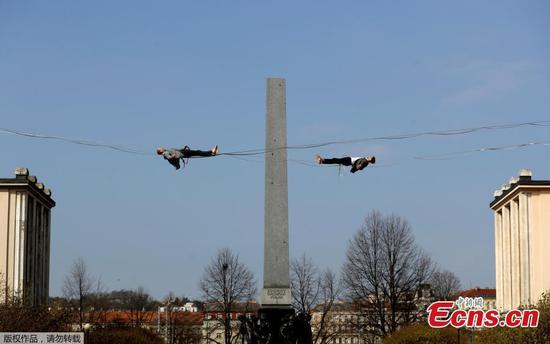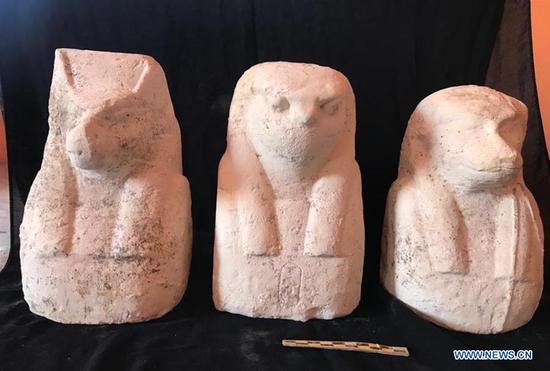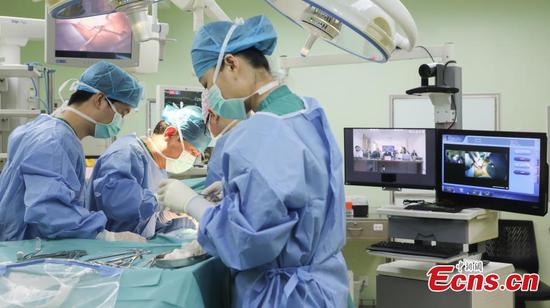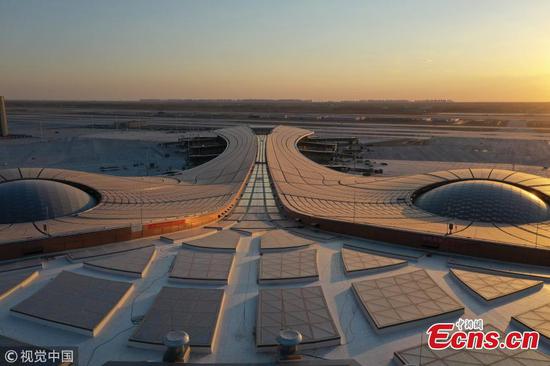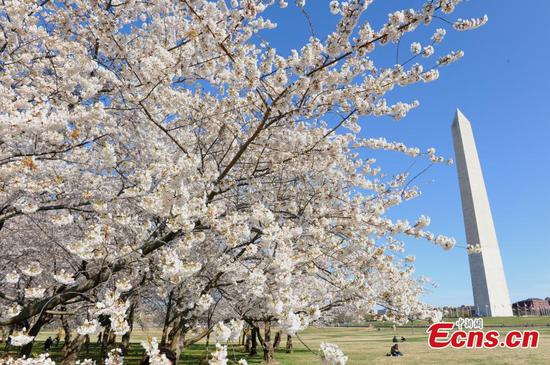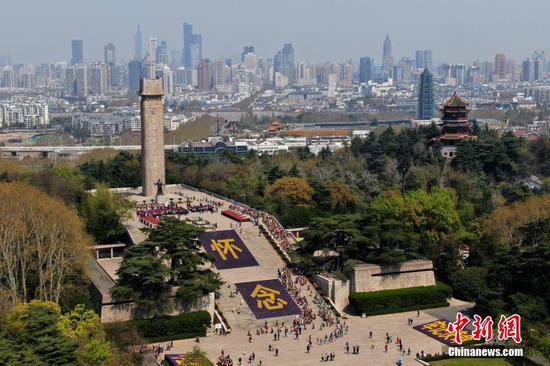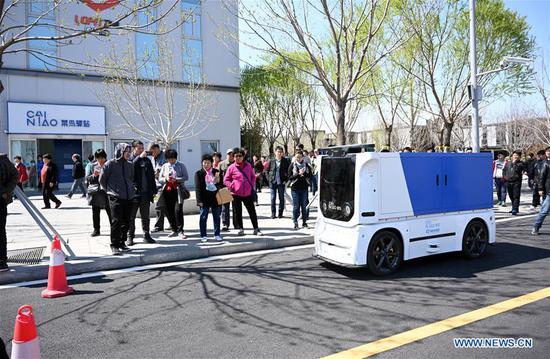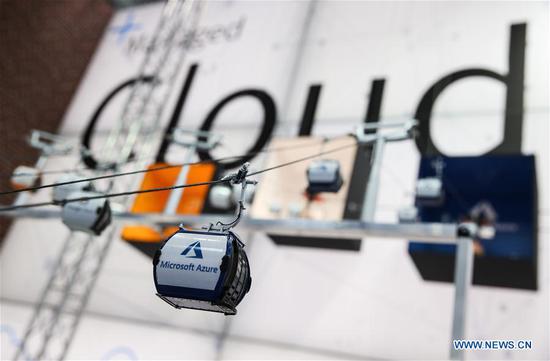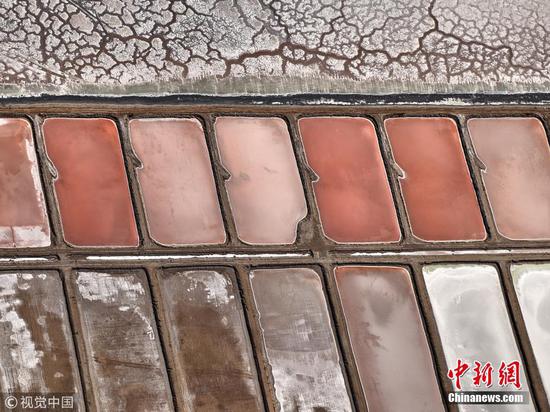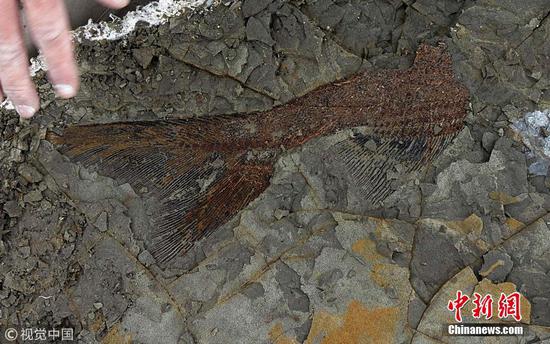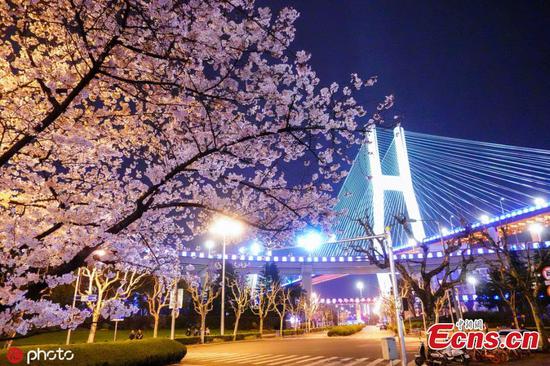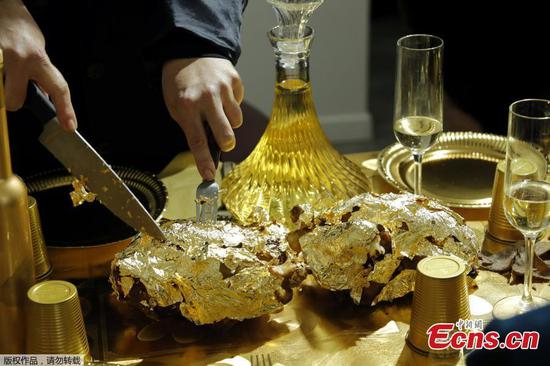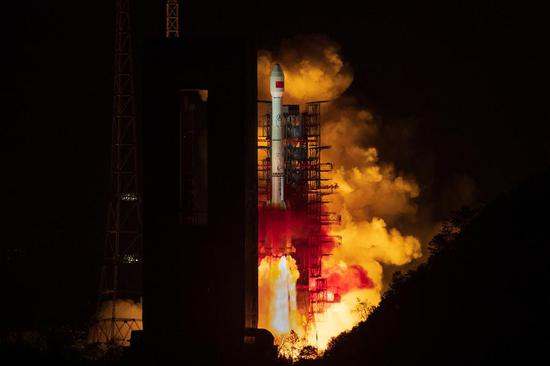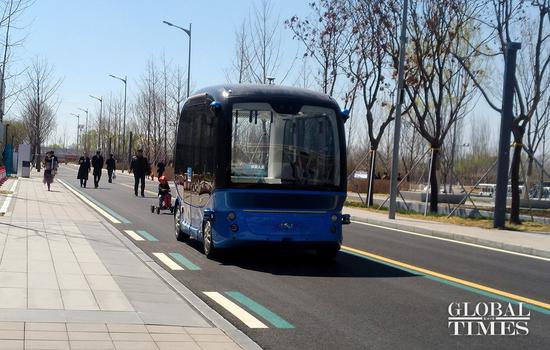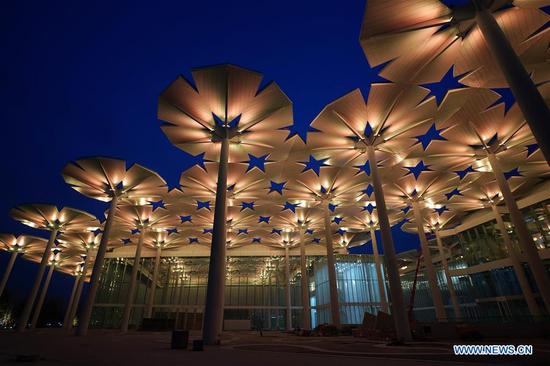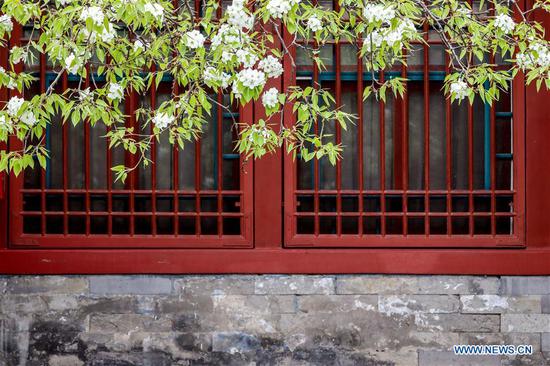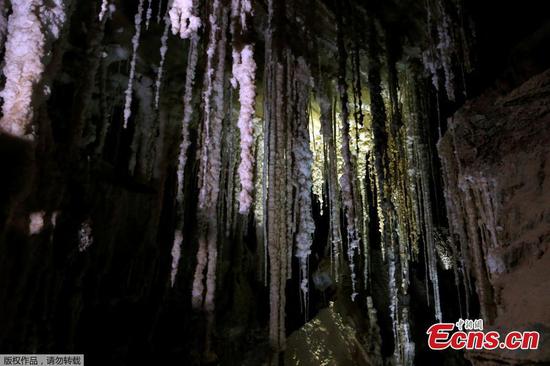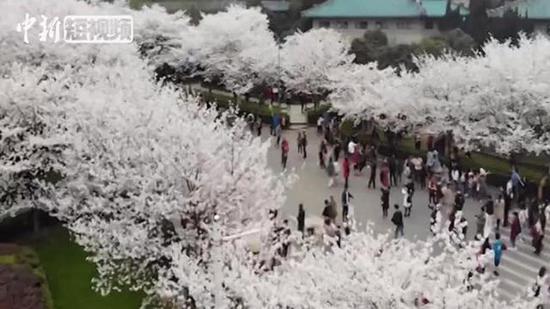Huawei's IC design subsidiary HiSilicon may soon overtake Taiwan-based handset chip designer MediaTek Inc to become the largest IC designer in Asia in 2019, digitimes.com reported, citing industry sources.
An industry analyst said on Tuesday that Huawei's focus on self-developed chips will help HiSilicon further grow, but Huawei also needs to expand its supply sources to ensure the quality of its products.
The income gap between HiSilicon and MediaTek was nearly $300 million last year. HiSilicon's income rose 34.2 percent on a yearly basis in 2018 while MediaTek only secured a 0.9 percent year-on-year growth rate last year, according to recent information released by Digitimes Research.
It is very likely that HiSilicon will become the largest chip designer in the industry in Asia in 2019 as Huawei attaches great importance to self-developed chips and it will increase investment in the industry based on its needs, Fu Liang, a Beijing-based independent telecom analyst, told the Global Times on Tuesday.
Huawei's self-developed chips serve industries such as mobile phones, artificial intelligence, servers, routers and TVs. Huawei is using more of its own chips and cutting the share from suppliers such as Qualcomm and the ultimate goal is that in important chips, it can be self-sufficient, domestic news site finance.sina.com reported on March 20.
As the U.S. has continued to exert pressure on Huawei, the Chinese company has decided to step up the research and development (R&D) and mass production of its self-developed chips, the report said.
The self-sufficiency rate of Huawei smartphones using the HiSilicon Kirin processor in the second half of 2018 was less than 40 percent, but the rate has increased to 45 percent so far this year and is forecast to reach 60 percent in the second half, according to the report.
Huawei did not exclude Qualcomm, Fu said. "Huawei will adopt HiSilicon's products if they are good enough. If not, it's possible Huawei will choose Qualcomm's."
Various supply sources will help Huawei guarantee the quality and stable development of its products, noted Fu.
According to U.S.-based research firm Gartner, Huawei increased its chip spending by 45 percent year-on-year to $21.1 billion in 2018, jumping in front of Dell and Lenovo to the third spot. Samsung Electronics and Apple ranked first and second.
This year, Huawei will put 20 percent more investment than 2018 into R&D in chips as it aims to employ more of its own chips, media reports said. After releasing the world's first 7-nanometer mobile AI chipset Kirin 980 in August 2018 and Balong 5G01 modem chips in February 2018, HiSilicon is set to launch more advanced AI accelerator chips, server core processors and multimedia chip solutions in 2019, digitimes.com said.
Industry insiders suggested that Huawei should increase production of its 7nm mobile AI chipset, not only for itself but also to supply other Chinese phonemakers in the country.









